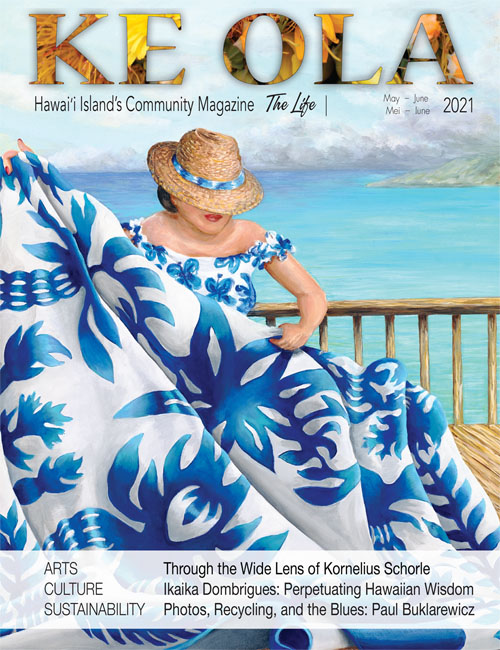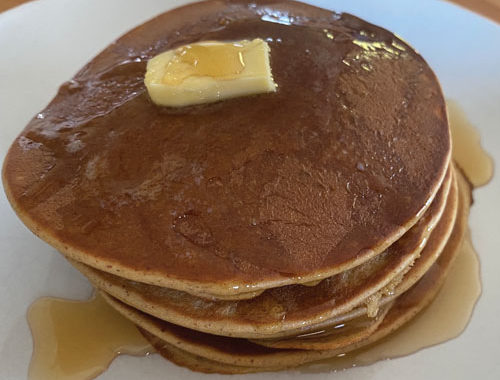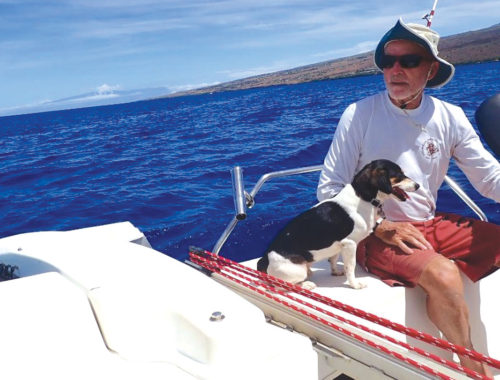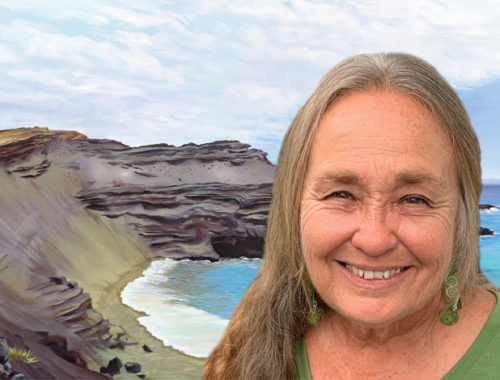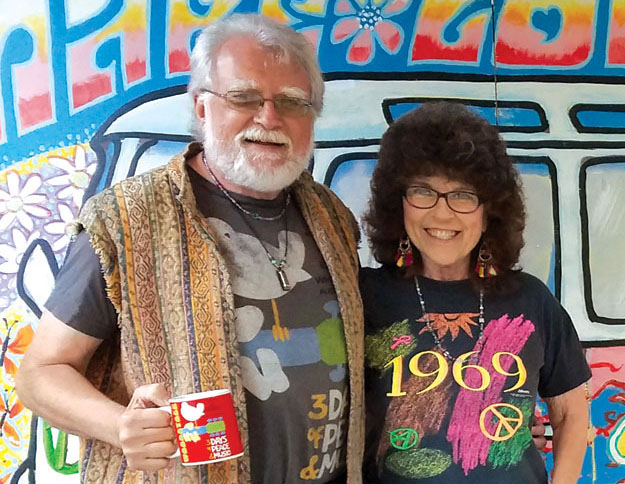
Photos, Recycling, and the Blues: Paul Buklarewicz’s Sustainable Combination
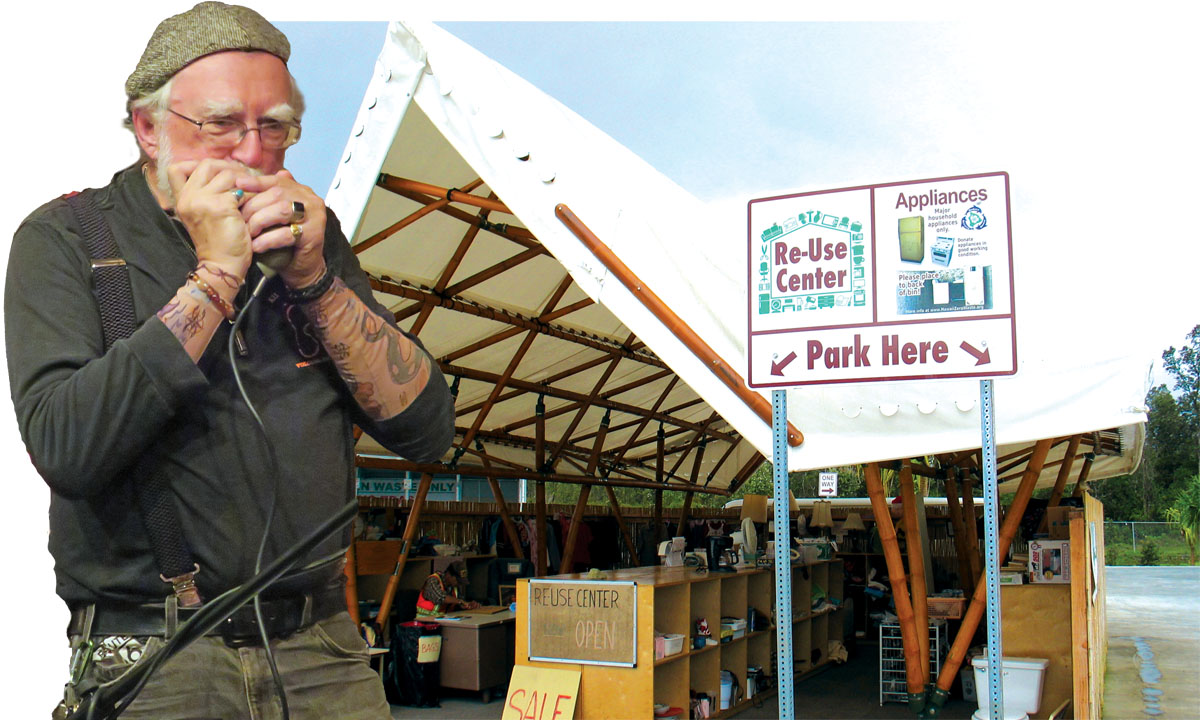
By Catherine Tarleton
What do a professional photographer, blues harmonica player, and recycling educator have in common? In the case of Paul J. Buklarewicz of Volcano, they’re all the same guy. A modern-day Renaissance man, Paul is a career educator, lifetime learner, and US Army veteran who has worked his passions for photography and travel into a successful stock photo business. Along the way, he taught himself to play harmonica—because it was easy to carry around—and started gigging with a blues band on a regular basis.
Paul was executive director of Recycle Hawai‘i, a 501(c)3 nonprofit organization based in Hilo, which provides education, recycling, and sustainability programs and resources island-wide. After 15 years, he retired in 2018, and is still a lifetime member.
“Actually, I’ve probably been in sustainability since I was a college student in 1970–71 when they had the first Earth Day. I’ve considered myself an ecologist/environmentalist since then,” Paul says.
The New Jersey native earned his bachelor’s degree in business education from Pace College in New York and, after living in Turkey courtesy of the US Army, started teaching high school at Bayonne High School in Bayonne, New Jersey. “It was my alma mater, where I found myself teaching in some of the same classrooms where I formerly sat as a pupil,” says Paul.
“I then picked up a one-year teaching assistantship at Utah State University to pursue a master’s degree in business education,” he continues. “It was 1976. My wife, Arlene, and I took our Volkswagen Super Beetle across country for the bicentennial. We went from the East Coast to Utah to San Francisco, including winter camping through a number of National Park lands.”
Of course, he took landscape photos along the way, nurturing a hobby-turned-profession that started when he was a boy. “My first camera was my mom’s Brownie box camera. I remember taking it apart trying to figure out how it works,” Paul says. (Did he get it back together? Paul says, “Probably not!”)
He worked in film photography at the time, and gradually developed a stock photo business, selling images to newspapers, textbooks, The New York Times and Los Angeles Times travel sections, Elle, Scientific American, Travel Holiday, Hawaii Magazine, and more.
Paul’s Hawai‘i adventure began in 1981 when he and Arlene came to the islands on vacation. “We went home, sold our house, and within six months we were back,” he says. “It was a good move, no regrets.” They settled on O‘ahu where he spent six years with the faculty of the office of automation and technology department of Kapi‘olani Community College.
Next they moved to Japan, where Paul taught at a private conversational English school while building his library of stock photos. He also worked as stringer, writing cross-cultural articles (and submitting photos) for a Los Angeles-based magazine, Transpacific.
In 1990, Paul and Arlene moved to Hawai‘i Island and Paul went to work at United Hawai‘i/Kunori Pacific College in Hilo, coordinating a long-term vocational education program. “Our students came from a private high school and junior college in Urawa, Japan,” Paul says. “As vice president, it was a very fulfilling position that built on my two years’ experience living in Japan.”
At the same time, Paul became more involved in the arts community, serving as president of organizations such as the Big Island Art Guild, Hawai‘i Chapter of the American Society of Media Photographers, and Volcano Art Center. He also helped promote juried art exhibits at the Wailoa Center and the East Hawai‘i Cultural Center.
He began work with Recycle Hawai‘i (RH) in 2003, as executive director. “I didn’t really intend to take on the ED position. I answered an ad for a part-time educator,” he says. “However, former RH administrators were moving to fill positions at the newly formed County of Hawai‘i Department of Environmental Management division, so I was able to fill the void. It turned out to be the most fulfilling experience I had in my education career.”
At its peak, RH had 30 employees, running as many as seven programs at the same time, on all sides of the island. Many were grant-funded by the federal, state, and county governments, with occasional support from private grant funders. One of their outreach programs to schools and community organizations was a creative series of events called “Edu-tainment,” where RH subcontracted local cultural practitioners and musicians to provide sustainability education while entertaining audiences of all ages at schools and community events.
“Edu-tainnment programs were spearheaded by staff educators like the late Joann Diatalevi, who taught in schools under the persona, ‘Tūtū Hana Hou,’ using puppets made from recycled materials,” says Paul. “Singer/songwriter Howard Shapiro and educator Marsha Hee took turns developing Edu-tainment programs like Artists and the Environment while serving as education directors for RH.”
“Sustainability to me is achieving a balancing act between existing limited natural resources, our common cultural and spiritual values, and technological values.”
One of the RH team’s accomplishments was developing the Re-use Centers (mini thrift stores) at transfer stations, starting with an initial pilot project at the Kea‘au transfer station, and building to seven locations islandwide.
Paul says, “We lost the contract in 2017, when it was awarded to a for-profit enterprise, but our mission was already accomplished. Everyone saw the value in diverting materials away from the landfills, as we gradually helped to increase the overall County recycling rate from 15 percent to over 37 percent.”
Another RH project during his tenure involved construction and demolition (C&D) reuse. Working with Re-use Hawai‘i, an O‘ahu-based nonprofit that specializes in C&D work, the team assisted with resort renovations, hauling usable salvaged materials over to RH’s Kea‘au Re-use and Recycling Center for resale in support of their educational programs.
“When Kona Village Resort was shut down in 2011 due to damage caused by the tsunami from the Japanese earthquake, I myself purchased a dozen sliding doors, and used them to close off two sides of my home’s garage,” says Paul.
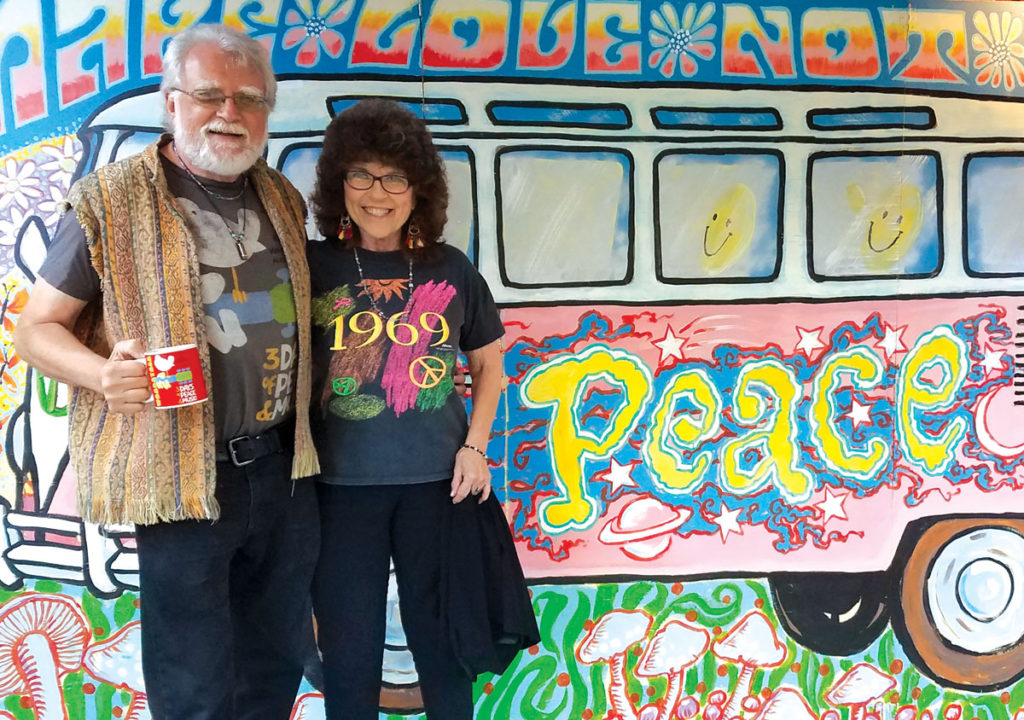
Re-use Hawai‘i did the deconstruction work, but found it impractical to ship the salvageable materials back to O‘ahu. “This kind of team work is an excellent example of how two nonprofit sustainability organizations collaborate to fulfill our mutual missions of reduce, re-use, recycle,” he says.
Other programs, like the Used Motor Oil Recycling, and E-Waste Recycling, and the Recycling and Re-use Center programs were designed to serve as incubator pilots to be later turned over to for-profit businesses or County-provided services. Keeping It Green Hawai‘i was another program that acknowledged local businesses and organizations for their efforts in considering the environment in their regular business practices.
They also provided a series of home composting workshops, where attendees would receive an “Earth Machine,” a passive composting unit for home use. Earth Machines were also free to any school wanting to incorporate composting into their curricula. Purchases of the EMs were county-funded, and the units were made from recycled beverage containers.
“My Earth Machine is still going after 15 years,” Paul says. “We’ve diverted tons of organic waste out of the landfill and improved the soil at our home in Volcano. I’ve been doing it for 26 years, and I’ve never hauled any organic waste off the property.”
Sustainability, Paul says, is not solely the job of nonprofits, governments and other organizations. There are ways that any individual can make a contribution. “Since Hawai‘i Island is mostly a rural community, we can work towards sustainability by empowering grassroots organizations with stated missions towards integrating our limited resources with those of our residents’ needs.” He suggests two concepts for us to consider:
“We can start gradually reducing, and eventually banning, organics from the waste stream by using them to produce products to improve our soil,” Paul says. “We can also encourage programs having zero waste goals established by the County Council in 2009. One of their recommendations was to encourage decentralized, community-based solutions to divert organics from the waste stream. This avoids the cost of constructing a large-scale centralized operation, and the inordinate use of fossil fuels to haul green waste and other organics from around the island.”
He continues, “We can also support state and local legislative initiatives related to diversification of agriculture. For example, existing federal laws on marijuana cultivation put a damper on growing industrial hemp for a variety of commercial applications and Hawai‘i Island is well-suited to add commercial hemp to its list of potential high value commercial crops.”
These days, in addition to home composting and continuing to educate himself and others, Paul is still pursuing his love of photography, and supporting the arts in Hawai‘i. He is owner-operator of the Eleventh Pearl Photo Gallery in Volcano, and has continued to play harmonica, jamming with the Blue Tattoo Blues Band, under the stage name (and tongue-in-cheek call to action) “Tips Mahalo.”
A multi-talented kama‘āina with a deep aloha for Hawai‘i Island, Paul remains steadfast in his vision of and commitment to a sustainable future for our island home. ❖
All photos courtesy of Paul Buklarewicz
For more information:
Eleventh Pearl Photo Gallery: eleventhpearl@hawaii.rr.com
Blue Tattoo Blues Band: bluetattoobluesband.weebly.com
